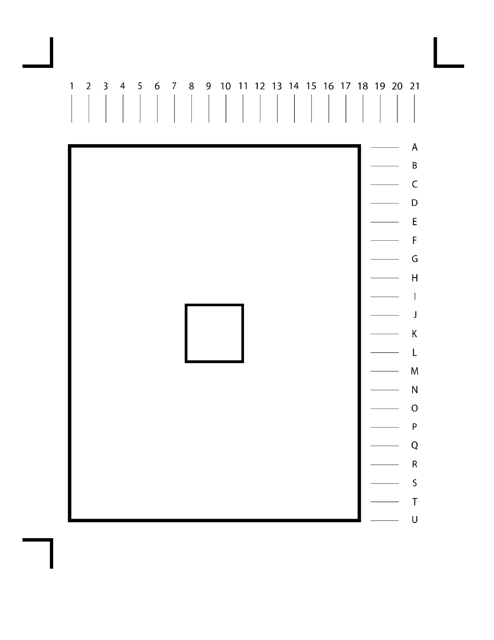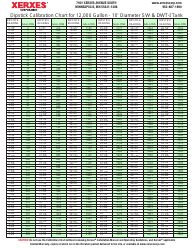Calibration Chart (1 Through 21)
A calibration chart (1 through 21) is used to ensure the accuracy of measuring instruments, such as thermometers or pressure gauges. It helps in determining the deviation or error in the readings of these instruments and allows for adjustments to be made if necessary.
FAQ
Q: What is a calibration chart?
A: A calibration chart is a reference tool used to determine the accuracy of measuring instruments or devices.
Q: What does "1 through 21" mean in a calibration chart?
A: 1 through 21" refers to the range of values or data points that are recorded and displayed on the calibration chart.
Q: How is a calibration chart used?
A: A calibration chart is used by comparing the readings or measurements taken from a device with the corresponding values on the chart to determine if the device is accurately calibrated.
Q: What is the purpose of a calibration chart?
A: The purpose of a calibration chart is to ensure the accuracy and reliability of measuring instruments or devices by providing a reference for comparison.
Q: Can a calibration chart be used for any type of instrument or device?
A: Yes, a calibration chart can be used for various types of instruments or devices that require calibration for accurate measurements.



